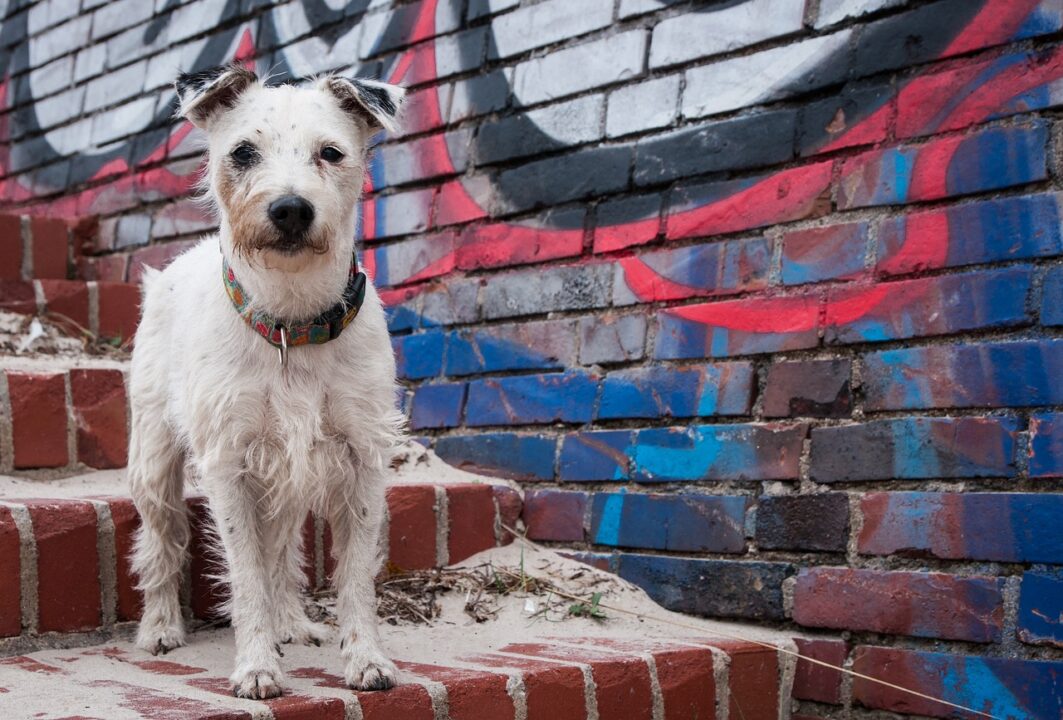Have you ever caught your dog staring intently at a blank wall, seemingly lost in thought? While it may seem puzzling or even concerning, there are several reasons why dogs exhibit this behavior. From sensory stimuli to underlying medical issues, understanding why your canine companion fixates on walls can provide valuable insights into their well-being and behavior. In this article, we explore six surprising reasons why your dog may be staring at the wall and what you can do about it.
1. Sensory Perception:
Dogs possess incredibly keen senses, far beyond what humans can perceive. In some cases, your dog may be staring at the wall because they’ve detected something we cannot see or hear. It could be a faint sound, such as a rodent scurrying behind the wall, or even a subtle change in air currents or electromagnetic fields. Dogs have been known to detect these subtle cues, prompting them to focus their attention on specific areas, including walls.
2. Visual Stimulation:
Walls can sometimes serve as a canvas for visual stimulation, especially if they are textured or have patterns that capture your dog’s interest. Certain wall textures or colors may trigger your dog’s natural curiosity, prompting them to investigate or stare at the wall for extended periods. Additionally, reflections from windows or light fixtures can create intriguing visual effects that captivate your dog’s attention, leading to prolonged staring behavior.
3. Behavioral Issues:
In some cases, staring at the wall may be indicative of underlying behavioral issues, such as anxiety, compulsive behavior, or boredom. Dogs, like humans, can experience stress or anxiety due to various factors, including changes in their environment, routine, or social dynamics. Compulsive behaviors, such as excessive licking, pacing, or staring, may develop as a coping mechanism for underlying stressors. If your dog’s staring behavior is accompanied by other signs of distress or disruption to their daily routine, it may be worth consulting a veterinarian or animal behaviorist for further evaluation.
4. Medical Concerns:
While occasional wall-staring behavior may be harmless, persistent or unusual staring could signal an underlying medical issue. Neurological disorders, vision problems, or cognitive decline in senior dogs may manifest as abnormal behaviors, including staring at walls. If your dog’s staring behavior is accompanied by other symptoms, such as disorientation, difficulty walking, or changes in appetite or sleep patterns, it’s essential to seek veterinary attention promptly. A thorough medical evaluation can help rule out any underlying health concerns and ensure your dog receives appropriate treatment.
5. Environmental Factors:
Changes in your dog’s environment or routine can also influence their behavior, including staring at walls. Moving to a new home, rearranging furniture, or introducing new pets or family members into the household can be sources of stress or excitement for your dog. In response to these changes, your dog may exhibit unusual behaviors, such as staring at walls, as a way to cope with unfamiliar stimuli or establish a sense of security. Providing your dog with a consistent routine, plenty of mental and physical stimulation, and a safe, comfortable environment can help alleviate stress and reduce unwanted behaviors.
6. Prey Drive or Instinctual Behavior:
Finally, staring at walls may be linked to your dog’s innate prey drive or instinctual behaviors. Dogs are descendants of wolves, and even domesticated breeds retain certain predatory instincts, such as tracking and hunting. Your dog may be fixating on a wall if they sense movement or activity on the other side, such as insects, rodents, or even shadows cast by passing vehicles or pedestrians. While this behavior may be instinctual, it’s essential to monitor your dog’s response and ensure they do not become overly fixated or agitated.
In conclusion, there are several potential reasons why your dog may be staring at the wall, ranging from sensory perception and visual stimulation to underlying medical issues or behavioral concerns. By understanding the possible motivations behind this behavior, you can better address your dog’s needs and ensure their well-being. If your dog’s staring behavior is persistent, unusual, or accompanied by other symptoms, it’s crucial to consult with a veterinarian or qualified animal behaviorist for further evaluation and guidance. With patience, understanding, and proper care, you can help your canine companion lead a happy, healthy life free from unnecessary stress or discomfort.
